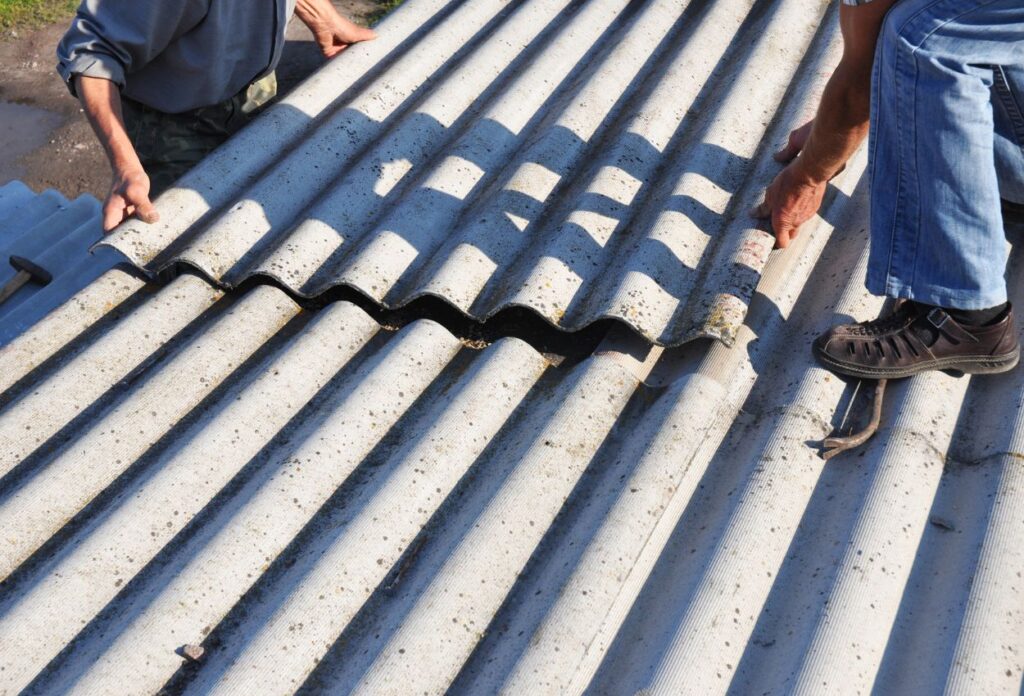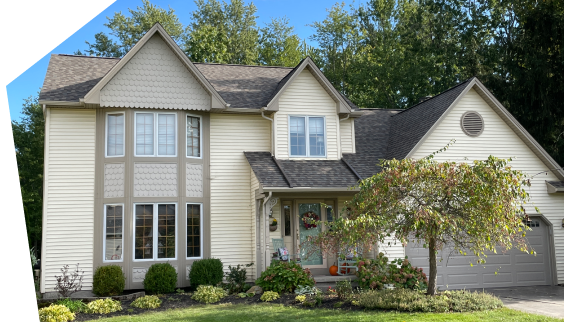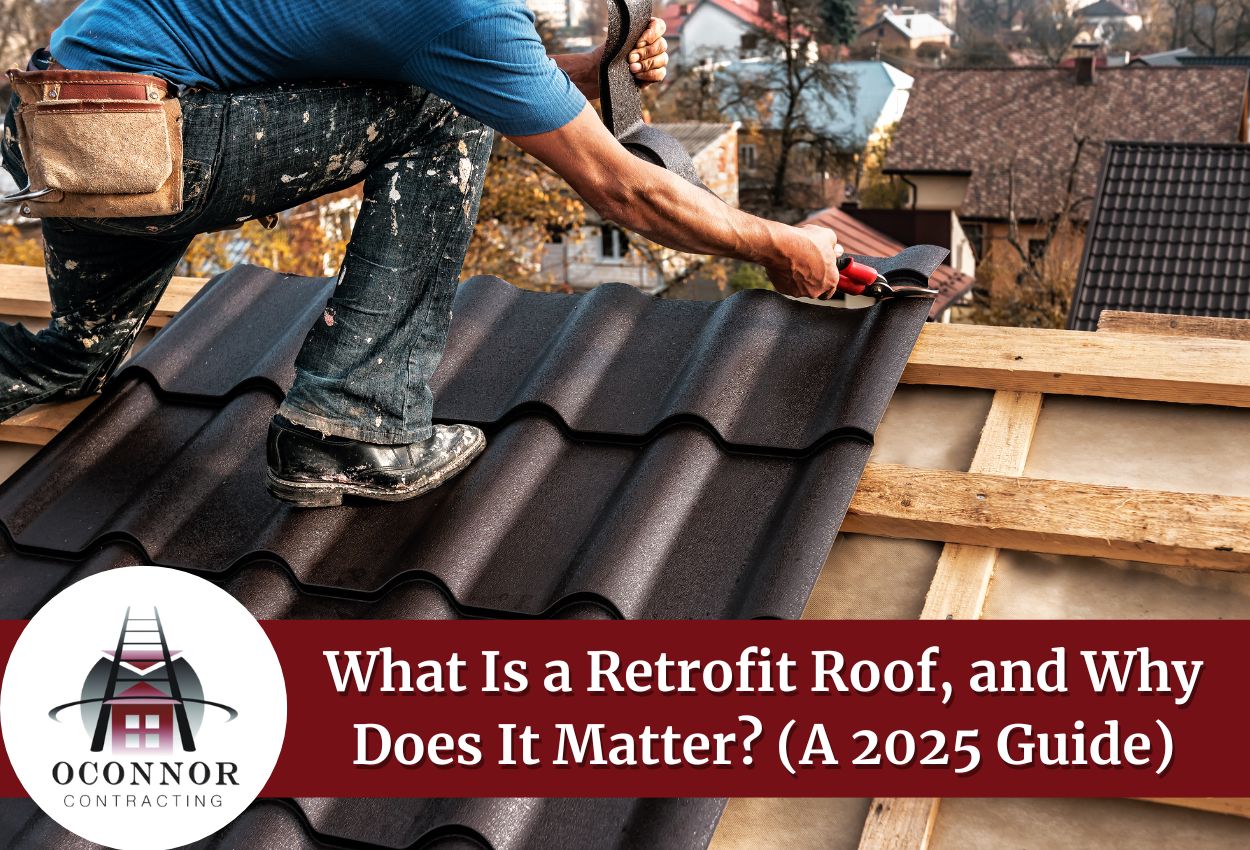Do your energy costs keep increasing? Is there noticeable damage and leaks on your old roof? Both building managers and homeowners deal with these problems frequently, but what if there was a solution that addressed both issues simultaneously? That is just what a retrofit roof provides — an effective and growingly well-liked method of roof improvement.
To help you out, this blog post will explain what a retrofit roof is, so you can determine whether this wise investment is the best option for your house.
What Is A Retrofit Roof?
Retrofitting a roof is an innovative way of strengthening a current roof’s functionality, longevity, and energy efficiency without replacing it entirely. For both flat and sloped roofs, a retrofit roof is an economical and practical solution since it installs a new roofing system over the old one without tearing down the original building.
To improve performance, this technique frequently combines sturdy materials, such as metal roofing panel with light-gauge steel framing. Retrofitting improves the roof while maintaining its structural integrity, and it is particularly advantageous for older structures or roofs with intricate patterns, such as flat roofs that leak repeatedly.

What Are The Pros And Cons Of A Retrofit Roof?
To get a better idea, let’s go over the advantages and potential drawbacks of a retrofit roof:
| PROS | CONS |
| Cost-Effective: Retrofitting roofing systems avoids the expense related to tearing off and disposing of the old roof, saving on labor and landfill fees. | Risk of Hidden Damage: Existing leaks or structural issues may go unnoticed in a retrofit roofing project, leading to future problems. |
| Faster Installation: Since the new retrofit roofing system is installed over the existing one, the process is quicker, reducing downtime for businesses. | Added Weight: Installing a new retrofit roofing system over the old one increases the weight on the roofing structure, causing problems if it’s not properly evaluated. |
| Better Energy Efficiency: Additional insulation during a retrofit can lower heating and cooling costs, making buildings more energy-efficient. | Not Suitable for All Roofs:A roof retrofit works best on metal or low-slope roofs with a solid structure but is not ideal for every building. |
| Safer Installation: Workers face fewer risks when working on a retrofit compared to a full roof tear-off, improving on-site safety. | Coating Cracks Over Time:Protective coatings used in retrofit roofing may crack due to temperature changes, reducing their effectiveness. |
| Meets Modern Codes: Retrofitting a roofing structure can upgrade older roofs to meet current building standards and improve performance. | May Not Last as Long as a Full Replacement: While durable, a retrofitted roof might not have the same lifespan as a completely new roof. |
How Is A Retrofit Roof Different From A Full Roof Replacement?
A retrofitted roof adds insulation, protective layers, or membranes without removing the existing structure, making it a cost-effective and less disruptive option for minor fixes and energy efficiency. A full roof replacement, however, removes the old roof entirely, which is more expensive but necessary for severe damage or an aging system.
What Are The Different Factors to Consider When Choosing a Retrofit System?
Before deciding to retrofit your home with a new roof, let’s go over the key factors that impact this decision.
1. Building Code Requirements
Building codes set loading criteria for wind, snow, and seismic conditions. A roof retrofit must comply with these regulations, ensuring safety and durability. Older buildings may require upgrades to meet modern standards.
2. Added Weight
The retrofit roofing system’s weight affects how loads are distributed across the structure. Miscalculations can lead to structural failures, making lightweight options like a metal retrofit roof a popular choice for their strength and minimal weight.
3. Roof Design And Drainage
Slope and geometry influence water drainage and snow accumulation. Retrofitting a roof may alter these dynamics, requiring adjustments to gutter systems or additional design modifications to prevent leaks and pooling.
4. Adapting to Environmental Conditions
Weather exposure — such as hurricanes, heavy snow, or high winds — plays a crucial role in material selection. In high-risk areas, reinforced connections and impact-resistant materials help enhance durability.
5. Adjusting Rooftop Equipment
HVAC units and other rooftop equipment may need to be relocated or elevated to ensure compatibility with the new retrofit roofing system. This helps maintain functionality while avoiding interference with load distribution.
7. Evaluating Cost Factors
Budgeting for a roof retrofit includes material costs, installation, maintenance, and potential upgrades to meet codes or improve efficiency. Balancing upfront costs with long-term benefits is essential.
8. Prioritizing Longevity & Durability
The chosen system should align with the building’s long-term needs. A metal retrofit roof, for example, is valued for its durability and low maintenance, making it a common choice for retrofitting a roof.
9. Choosing Skilled Contractors
A retrofit roofing project’s success depends on experienced professionals who understand structural requirements and material compatibility. Poor installation can lead to inefficiencies or premature failure.
What Does A Retrofit Roofing Process Include?
To understand how a retrofit roof is installed, let’s break down the step-by-step process:
Step #1. Roof Inspection
A detailed inspection checks the existing roof’s condition to see if a roof retrofit is possible. This helps spot damage, safety concerns, or compatibility issues with materials like roof coatings or metal panels.
Step #2. Repairing Existing Damage
Any leaks, weak spots, or structural issues are fixed first. This ensures the retrofit roofing system has a solid foundation, preventing future problems and extending its lifespan.
Step #3. Air & Moisture Control
To improve insulation and prevent leaks, air and moisture barriers are installed. This includes sealing joints, vents, and roof penetrations to reduce condensation risks.
Step #4. Adding Insulation (Optional)
If needed, insulation is placed over the existing roof to boost energy efficiency and moisture control. Layers are arranged to minimize heat loss and prevent condensation buildup.
Step #5. Installing the New Roofing Material
The chosen retrofit roofing system — whether metal panels or a coating — is applied over the prepared surface. Metal roofs may need framing adjustments, while coatings provide a seamless, protective layer.
Step #6. Final Touches & Adjustments
Flashing, ridge caps, and ventilation are added to ensure proper water drainage and airtight sealing. These details help maintain the roof’s functionality and appearance.
Step #7. Quality Check & Maintenance Plan
A final inspection confirms the metal retrofit roof or other retrofit system is properly installed. A maintenance plan may be recommended to keep the roof in top condition for years to come.
Common Retrofit Roofing Options/Types Of Retrofit Roofing Systems
Now, let’s explore the different types of retrofit roofing systems and their benefits:
1. Metal-Over-Metal Retrofit
This retrofit roofing system involves installing new metal panels over an existing metal roof, saving time and expenses by preventing removal. Notched Zee purlins or sub-framing create space for insulation and ventilation, improving energy efficiency and extending the roof’s lifespan. It’s a great option for buildings looking to boost thermal performance while keeping structural integrity.
2. Metal Over Flat Roofs
A structural framing system is added over a flat roof to create a slope, allowing for a new metal retrofit roof installation. This improves drainage, preventing water pooling and reducing the risk of water damage. It also enhances the building’s appearance and extends the roof’s lifespan.
3. Single-Ply Membrane Over Metal Roof
This roof retrofit system involves adding insulation over a metal roof and then installing a TPO membrane. The membrane is fastened and heat-welded for a watertight seal, improving thermal efficiency and weather resistance. It’s a popular choice for commercial buildings due to its durability and low maintenance.
4. Residential Shingle Retrofitting
For homes, new shingles can be installed over existing shingles without removal. This retrofitting roof method is cost-effective, reducing labor and disposal costs while improving durability, lifespan, and insulation for better energy efficiency.
5. Roof Coatings as a Retrofit
Retrofit roof coatings like acrylic, silicone, and polyurethane extend roof life by creating a seamless, water-resistant barrier. They protect against UV damage, improve reflectivity, and lower energy costs. Liquid-applied membranes offer extra waterproofing, making coatings a budget-friendly alternative to full roof replacement. Proper cleaning ensures strong adhesion and long-term effectiveness.
For Quality Roofing, You Can Rely On Contact OConnor Contracting!
For reliable roofing services, contact OConnor Contracting. Whether you need minor fixes, a complete replacement, or a roof retrofit, our skilled team of roofers uses high-quality materials to provide outstanding service. We are dedicated to making sure your roof is long-lasting, offering protection and longevity for your home or place of business. Let our team take care of your roofing requirements with dependability and experience. For a no-obligation instant quote, get in touch with us at (716) 600-7663!


